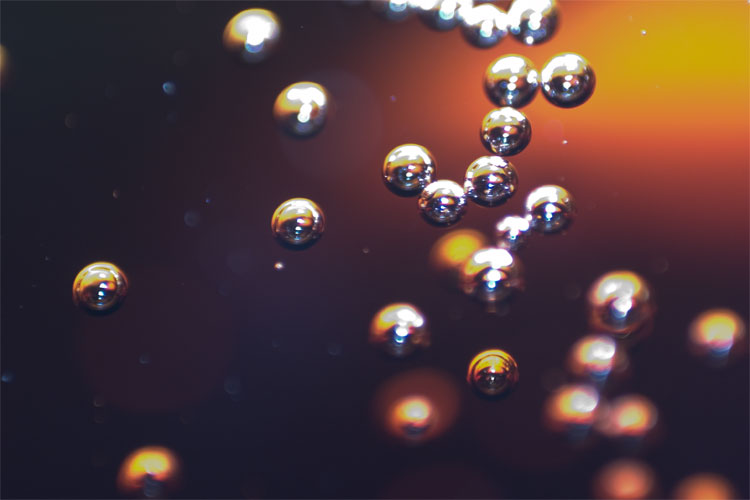
MicroBUBBLES to the Rescue
Researchers out of Japan may have discovered a more efficient and thorough way to clean dental implants – bubbles.
For a long time, water jets have been used to keep dental implants clean and remove plaque. Plaque and bacteria that form around an implant can cause inflammation and lead to peri-implant disease and other conditions similar to gingivitis and periodontitis. Daily cleaning of all of the surfaces above and below the gum line is critical in preventing this. Water jets or water picks are designed to provide the benefits of pulsating water and pressure to remove plaque and bacteria.
Researchers look for better ways for dentists to remove the plaque that builds up on the screws that hold dental implants in place.
However, a new technology, known as a cavitating jet has been found to be more efficient and thorough than a water jet. A cavitating jet uses a nozzle to inject high-speed fluid through water to create very tiny bubbles. When these bubbles collapse, they produce shockwaves that are able to remove contaminants.
To compare the cleaning effect of a cavitating jet to that of a water jet, the team grew a biofilm within the mouths of four volunteers. After three days, they used the two different methods to clean the mouths, measuring the amount of plaque remaining at several time intervals. While there was little difference between the amounts of dental plaque removed by both methods after one minute of cleaning, that changed after longer exposure. After three minutes, the cavitating jet had removed about a third more plaque than the water jet did, leaving little plaque stuck to the implant. The cavitating jet was also able to remove the plaque not only from the root section of the screws, but also from the harder-to-reach crest section.
Read more of this study in Implant Dentistry or CDA Journal (April 2018)
Leave a reply →
